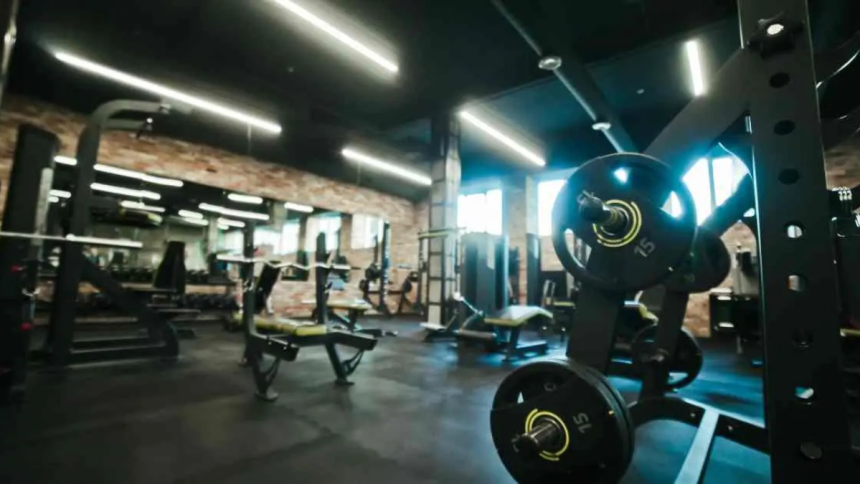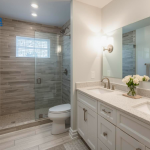A surge in high-profile incidents at gyms has turned safety from an afterthought into a defining priority. Headlines about violence, harassment, and legal battles have put pressure on fitness centers to rethink how they protect their members. This isn’t just about liability—member trust and business survival are now tightly linked to how seriously gyms take security.
The shift reflects a deeper awareness that safety isn’t a checklist—it’s a shared commitment between staff and members. Updating security strategies, promoting vigilance, and creating transparent systems are transforming gym culture. Fitness spaces are turning into environments where collective awareness carries as much weight as personal discipline.
Violence and Legal Pressures Are Reshaping Priorities
A rise in violent incidents has forced gym owners to confront weak points in their operations. Safety isn’t optional—it’s now central to business continuity. Legal cases, especially those involving sexual assault, have led to multimillion-dollar settlements and serious reputational fallout. Some owners have even consulted a sexual assault attorney to understand their legal exposure and take preventive action before damage occurs.
Stronger reporting systems and clearly defined conduct policies are no longer optional. Regular audits, targeted training, and a visible staff presence reduce risk and send a clear message: member protection is active, ongoing, and deeply embedded in daily operations.
Physical Layouts Are Getting a Defensive Upgrade
Gym design has shifted from aesthetics to defense. Open floor plans now include sightlines that eliminate hidden corners and reduce the chance of unnoticed incidents. Locker rooms and restrooms—once designed primarily for privacy—are being reimagined with safety in mind. Some gyms are replacing solid walls with frosted glass panels and adding motion-triggered lighting to signal occupancy and discourage loitering.
Staff now patrol high-risk areas during peak hours, offering both a sense of presence and a fast response if something goes wrong. Elevated staff stations in central zones improve visibility across weight rooms and cardio areas. These platforms act as visual anchors where members know help is available. Panic buttons are being integrated discreetly into walls and equipment stations, giving users a direct link to front desk staff without drawing attention.
Background Checks Are Moving Beyond the Basics
Hiring practices are changing as gyms commit more deeply to safety. They’re now using more careful vetting processes, fully aware of the risks some staff or outside contractors might bring. Looking at civil court records and past behaviors has become key in spotting warning signs before problems happen.
Even third-party trainers, who used to be overlooked, now go through thorough background checks and are monitored regularly. These efforts not only help protect gym members but also strengthen the fitness industry’s overall credibility. Being open about how staff are screened helps members trust that their gym is serious about safety.
Surveillance Is No Longer Just for Liability Defense
Security cameras in gyms aren’t just there to look back at what went wrong. With better tech, they now help staff respond in real time to anything suspicious. Today’s systems are made to spot issues as they happen, not just record them. This makes gyms more responsive and alert.
AI-powered cameras take it further by catching unusual activity early, giving staff a chance to step in before things escalate. Centralized systems across multiple locations allow teams to work together and send help fast. These tools help create safer gyms and build a culture where everyone stays aware and ready to act.
Member Education Is Turning Into a Security Asset
Teaching members about safety is becoming a bigger part of gym life. It’s not just about putting up signs—gyms are now running training sessions to help people spot suspicious behavior and stay alert. Workshops and simple guides give members the tools to react the right way in different situations.
This effort goes beyond rules—it’s changing the gym culture. Anonymous reporting tools let people speak up without worry, helping staff respond quickly while respecting privacy. When members know what to do and feel involved in safety, the community grows stronger and more supportive.
Gyms are turning into hubs of both physical and personal security, responding to real-world threats with real-time solutions. Smarter layouts, advanced surveillance, and deeper background checks reflect a growing commitment to member wellbeing. But safety doesn’t stop at hardware or policies—it thrives when members are empowered to stay alert and speak up. Education and collaboration are now just as important as equipment and training programs. As gyms rethink their priorities, they have a chance to lead a cultural shift. When safety becomes a shared value, fitness centers transform into places where people feel confident, protected, and motivated to thrive.
Lynn Martelli is an editor at Readability. She received her MFA in Creative Writing from Antioch University and has worked as an editor for over 10 years. Lynn has edited a wide variety of books, including fiction, non-fiction, memoirs, and more. In her free time, Lynn enjoys reading, writing, and spending time with her family and friends.















